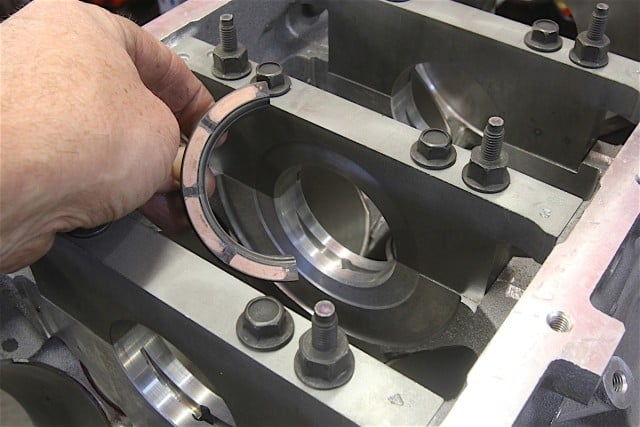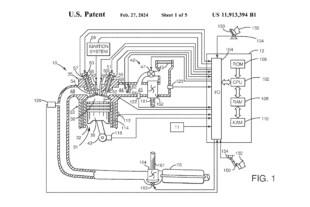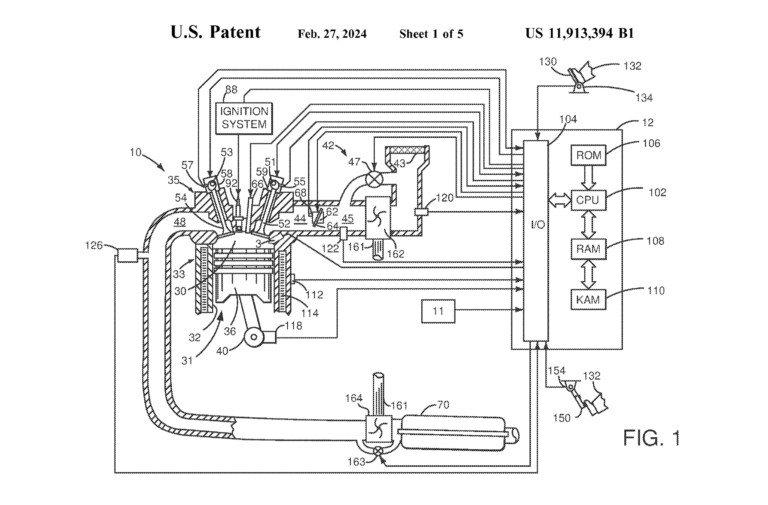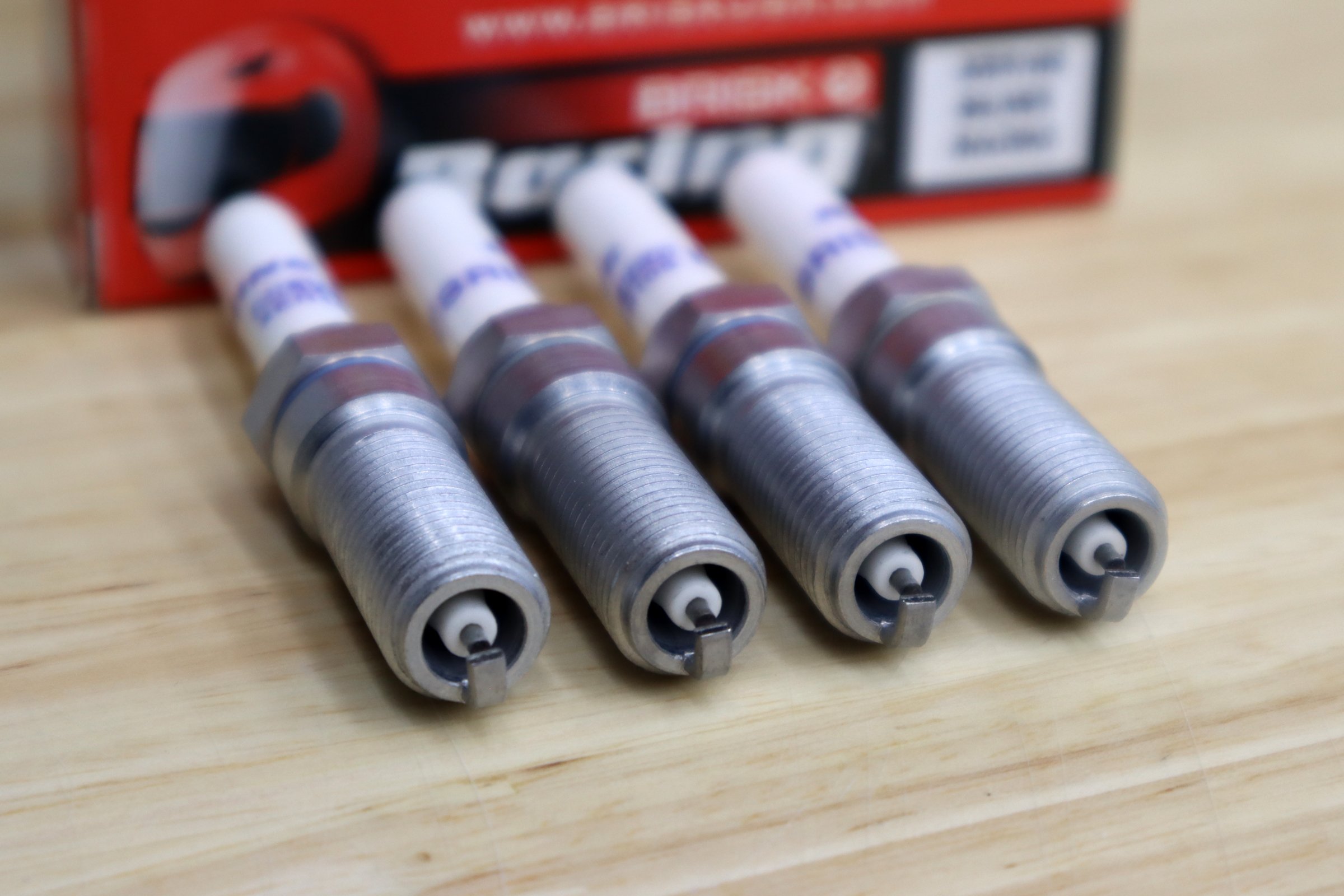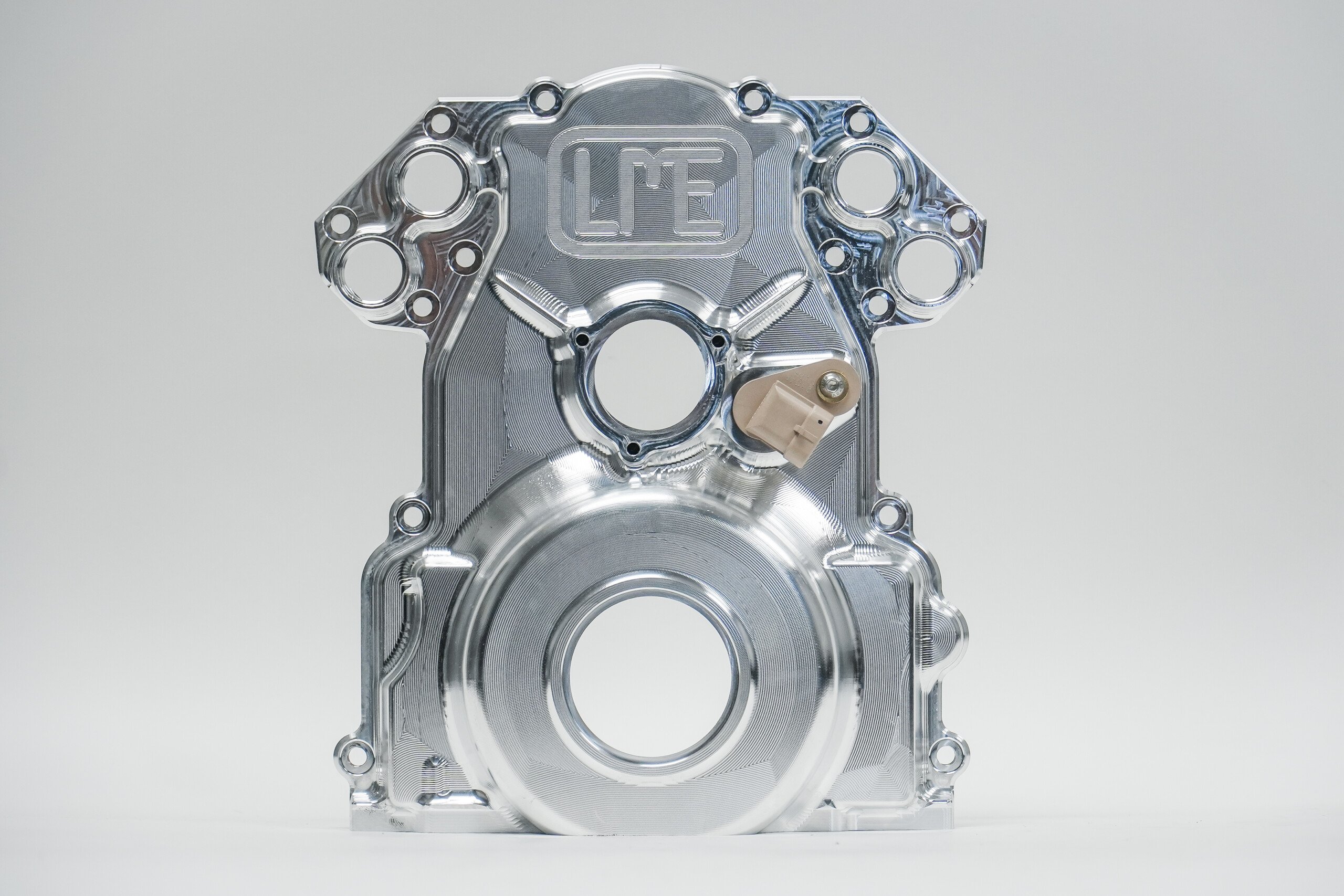Crank walk can be a silent killer when it comes to any engine. All cranks have an acceptable amount of lateral movement, but when the thrust bearing begins to wear excessively is when problems arise.
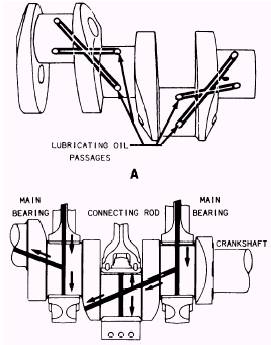
The oil passages that are drilled into the crank supply the main and rod bearings with a steady supply of lubrication, contaminating this flow of oil can severely degrade the bearing life and performance.
In this, That Racing Channel, YouTube video, Jay goes over the proper cleaning procedures and setting endplay on a crank. Starting the video by showing a simple, at home, way to clean out the crankpin journals oil passages of any crankshaft, to ensure that this key portion of the bottom end can properly distribute uncontaminated oil to the mains.
After utilizing a simple can of brake clean and a supplied straw to demonstrate this, we are brought to correctly setting the crank thrust bearing.
After starting with a freshly cleansed crank, Jay begins to explain the finer points of checking crank end play. Before reaching for your dial indicator, you need to be sure that the thrust bearing main cap is properly seated. One way to do this is to install all the bearings and get them a bit more than hand tight and tap the crank forward-and-back with a rubber mallet. The next step would be to lock the entire crank in the forward position, with a pry bar or a screwdriver, as you begin to torque the thrust main to factory specifications. Once this is completed, a dial indicator can be used to take the required measurements.
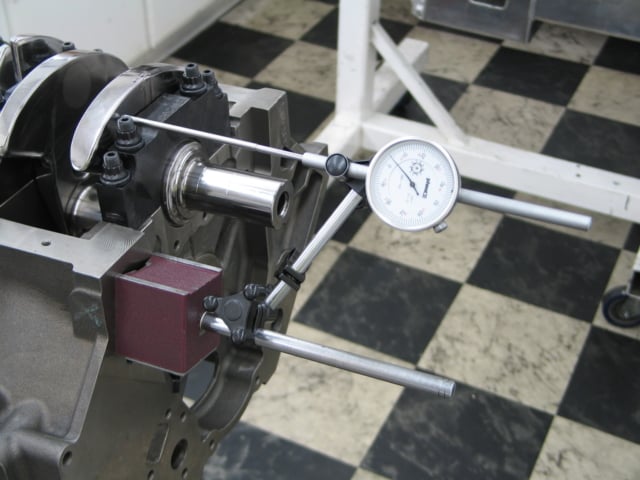
Properly positioning the magnetic mount and dial indicator is key with checking end play. To ensure a proper reading, verify that your magnetic base is securely fastened to a flat surface of the block. If you are checking this on an aluminum short-block you may need to fabricate a bracket out of steel to bolt to the block.
Taking the time to verify that your crank end play is in the optimal range will result in a longer engine life, as it protects against crank walk. This solitary effect can knock out your timing components and drastically hinder the performance of your engine.



